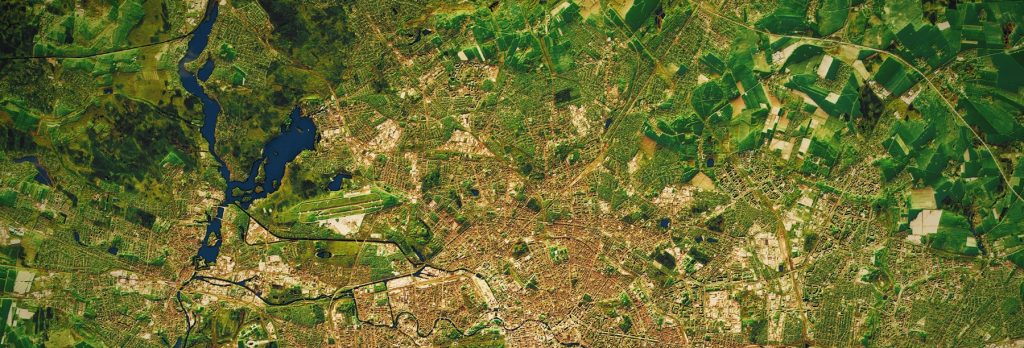

The field of Earth Observation is growing in importance and helps us monitor phenomena such as climate change. As with any measuring instrument, it is essential to calibrate Earth Observation instruments. However, given many of these instruments are used in orbit, this presents unique challenges in performing uncertainty analysis as part of calibration processes.
This course introduces a structured approach to uncertainty analysis when applied to the radiometric and spectral calibration of instruments with Earth observation applications. The course focuses on how to apply uncertainty analysis, taking users step-by-step through the concepts before introducing real laboratory and field examples. It is suitable for both a general scientific audience and experienced professionals working in the field.
This course consists of three modules:
Learners who successfully complete the course will receive an NPL Certificate of Completion.
• Understand the fundamentals of uncertainty evaluation
• Understand the procedural approach for the application of uncertainty evaluation to Earth observation instrument calibration
• Understand how to develop an uncertainty budget and the methods for determining sensitivity coefficients